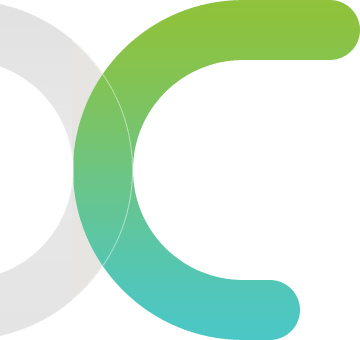묻고답하기 천주교 ㅣ 성경 ㅣ 7성사 통합게시판입니다.
|
|
|---|
|
다음의 영문 자료를 잘 읽어 보시기 바랍니다.
Questions about the Lectionary
A Lectionary is composed of the readings and the responsorial psalm assigned for each Mass of the year (Sundays, weekdays, and special occasions). The readings are divided by the day or the theme (baptism, marriage, vocations, etc.) rather than according to the books of the Bible. Introductions and conclusions have been added to each reading. Not all of the Bible is included in the Lectionary.
The Lectionary is arranged in two cycles, one for Sundays and one for weekdays.
The Sunday cycle is divided into three years, labeled A, B, and C. 2006 is Year B. 2007 will be Year C, 2008 will be Year A, etc.
In Year A, we read mostly from the Gospel of Matthew. In Year B, we read the Gospel of Mark and chapter 6 of the Gospel of John. In Year C, we read the Gospel of Luke. The Gospel of John is read during the Easter season in all three years.
The first reading, usually from the Old Testament, reflects important themes from the Gospel reading.
The second reading is usually from one of the epistles, a letter written to an early church community. These letters are read semi-continuously. Each Sunday, we pick up close to where we left off the Sunday before, though some passages are never read.
The weekday cycle is divided into two years, Year I and Year II. Year I is read in odd-numbered years (2007, 2009, etc.) and Year II is used in even-numbered years (2006, 2008, etc.)
The Gospels for both years are the same. During the year, the Gospels are read semi-continuously, beginning with Mark, then moving on to Matthew and Luke. The Gospel of John is read during the Easter season.
For Advent, Christmas, and Lent, readings are chosen that are appropriate to the season. The first reading on weekdays may be taken from the Old or the New Testament. Typically, a single book is read semi-continuously (i.e., some passages are not read) until it is finished and then a new book is started.
The year of the cycle does not change on January 1st, but on the 1st Sunday of Advent (usually late November) which is the beginning of the liturgical year. The liturgical year 2007 begins on December 3, 2006, and ends on December 1, 2007.
In addition to the Sunday and weekday cycles, the Lectionary provides readings for feasts of the saints, for common celebrations such as Marian feasts, for ritual Masses (weddings, funerals, etc.), for votive Masses, and for various needs. These readings have been selected to reflect the themes of these celebrations.
Since May 19, 2002, the revised Lectionary, based on the New American Bible is the only English-language Lectionary that may be used at Mass in the dioceses of the United States, except for the current Lectionary for Masses with Children which remains in use.
The 1970 edition of the New American Bible is used in the Scripture readings and canticles of the Liturgy of the Hours (except the Benedictus, Magnificat, and Nunc dimittis.)
출처: 미국 천주교 주교회의 홈페이지 http://www.usccb.org/nab/faq.shtml 1 505 6댓글보기
|




 게시판 운영원칙
게시판 운영원칙 Help Desk
Help Desk

